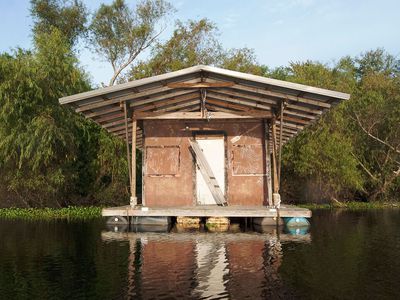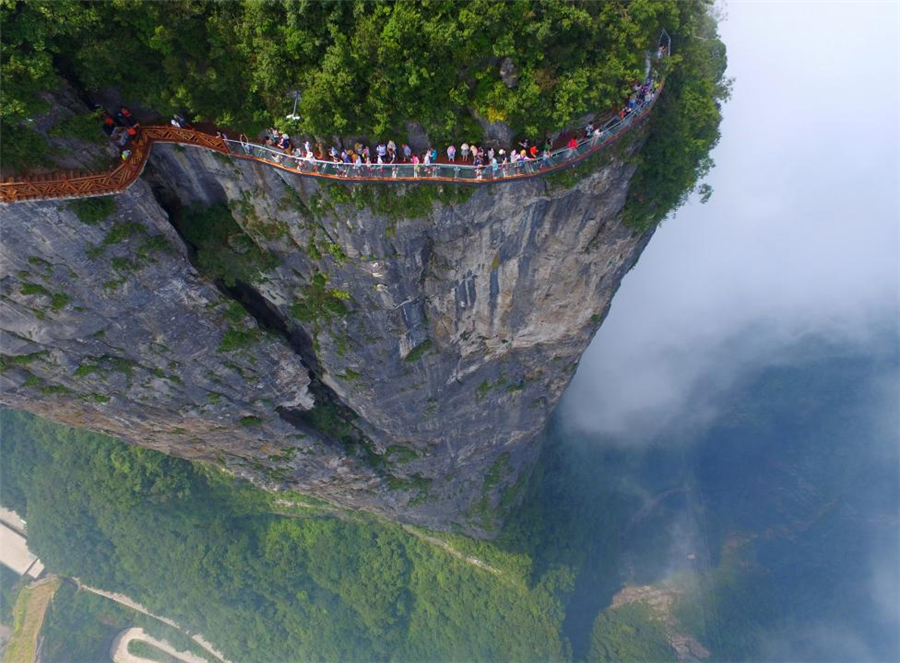Tips from making it as a radio broadcaster from former Scotland scrum-half and now legendary BBC Radio commentator, Ian Robertson

At the workplace: Robertson prepares to commentate on England v Wales in the Six Nations
By Graham Jenkins
The Forward Pass Podcast – Ian Robertson
Welcome to The Forward Pass, a series of conversations with leading rugby union journalists, broadcasters, presenters and photographers who will offer the next generation of media professionals – and fans – an insight into how they cover the sport.
The latest industry veteran to join host Graham Jenkins to reflect on a colourful career both playing and reporting on the sport is BBC Rugby correspondent Ian Robertson.
Read extracts from the podcast and listen to the complete conversation below.
Injury brought a premature end to your international career at the age of 25 – did you feel robbed of many more Test caps?
"I did the cruciate ligament in one knee and the medial ligaments in the other and if I had been a horse they would have shot me so that was the end of it…
"It's just life isn't it? Loads of rugby players get injured and it is part and parcel of the game, I wasn't huge, I was 12st and 5ft 8in and there were some lumps going around in our team like Peter Stag who was 6ft 10in and 18st, so there were big lumps of meat charging around rugby pitches even back then."
You went back to teaching but a career in the media beckoned?
"Yes, the world works in wonderful and mysterious ways. I was teaching at Fettes College in Edinburgh and because I got injured I missed all of the Five Nations in 1971 and in fact never recovered properly to play at a top level again. The following year a great man that everyone will know, called Cliff Morgan, came up to Edinburgh to visit me and I met him in Princes Street at the Balmoral Hotel and he said that he was switching from radio to do TV where he would share the rugby with Bill McLaren. Cliff was very versatile and a brilliant broadcaster, and he said that there's a gap for someone in radio – 'are you interested?'

Influence: Robertson was given an opportunity by the great Cliff Morgan (far right)
"I said 'I am!' and we had a long chat about it, and he said I would have to come down for a formal interview and before I got there on that day he had had a long chat with me and told me what they were looking for, this is what it is all about, I know you will be capable of doing it and I know you will do it really, really well so I went down and had my interview and got the job – and that was the start of it all back at the beginning of April, 1972."
Were you looking for a move into the media?
"No, funnily enough I was very happy teaching. I taught English and History at Fettes, loved the job and it was sheer chance that my injury came in 1971 and this was a year later. It never crossed my mind, but when he turned up and described the job I just thought I would love to do that and I've loved every minute since.
"I've seen an awful lot of great moments, some disappointing moments but it was a wonderful opportunity to follow the game I love."
Do you remember the first game you called?
"It was a strange game, Rosslyn Park v Coventry, and it was not a great position to be commentating from but I did. I learnt all the names and had a great, great friend who was the greatest rugby commentator of all time who was Bill McLaren and I spent a lot of time with him. I went up to Scotland for several days and discussed everything with him and he told me how he went about it, which was a pretty good blueprint for any potential commentator whatever the sport.

The voice of rugby: The incomparable Bill Mclaren and now World Rugby president Bill Beaumont
"For each game he had a set of notes that had roughly 1,200 statistics on them. Every player in the match got four lines and there would be seven or eight statistics on every line and they would be in four different colours, blue, red, black and green and if a player was injured he would know immediately what colour to go to and which fact he was looking at.
"He would do it for Scotland v England – he'd do it for Jed-Forest v Gala. He did it for every match and would phone the secretaries and get the details of all the players, the number of injuries they had had, facts and figures and he said if a player is injured and it looks bad I will be able to talk about him for three minutes without any problem at all as I will have it all in front of me although, he said, I tend to learn it all off by heart every week and don't often need to look at my notes!
"With that sort of help at the very beginning I knew at least what I should be doing and how important it was to have a huge bucket full of facts and figures for every match."
You were certainly blessed to be able to learn first-hand from two greats like Cliff and Bill?
"Yes. It wasn't a bad couple of people to befriend on the outset of the tour of the world of rugby. Both were such brilliant, brilliant people and such great fun, I was doubly blessed, there's no question about that.
"Bill and I stayed friends throughout our…he was just a brilliant commentator and he would put in these countless hours of work to make sure he wouldn't be in trouble if anything happened he would be able to keep talking about it and of course he had a wonderful turn of phrase…TV and radio are two different art forms and Bill was the consummate master of both."
You also had a spell writing for the Sunday Times?
"I got an offer from the sports editor of the Sunday Times in 1980, John Lovesey. The long-term correspondent there was Vivian Jenkins who was one of the all-time great journalists and he'd retired and his successor John Hopkins was switching to golf. I talked about it with one or two of my colleagues at the BBC and they said that it would be a great thing to do even if you only did it for five years and then came back to broadcasting.
"I was the luckiest lad on earth because I talked about it to the head of sport at the BBC and he said they would still like me to work for them…which meant I was able to keep broadcasting."
You have also penned a number of books including a biography of actor Richard Burton?
"That was because of Richard Burton's brother, Graham Jenkins worked in BBC Radio Sport and after Richard died the family wanted to put out a biography of him and I helped pen the first draft.

One of the greats: Roberts penned the autobiography of the iconic Gareth Edwards
"However, we realised it wasn't full of all the great actors that had worked with Richard because neither myself nor the publisher knew them. So we brought in a specialist guy who was in the theatre world who put it together while keeping some of the biographical detail that I had done about his upbringing in Pontrhydyfen. He rewrote the bulk of the book but still gave me a great credit.
"I have also done four books with Gareth Edwards and I co-authored Andy Irvine's autobiography and Bill Beaumont's. I used up quite a lot of paper in those days."
Radio remains your fondest medium?
"I love radio, it is instant and it is just a great part of the media. I am very, very lucky and very, very privileged to have had such a run. Every Lions tour since 1983, every World Cup as a commentator and every England tour abroad. It has been a wonderful, wonderful life.
"Rugby people by and large are great people, very easy to work with, there are some pretty bright guys playing rugby, and interviews the vast majority will make an effort to give a very good interview."
Has the role of commentator changed during your career?
"I don't think the art of commentary has changed much. It is easier now as there is far more assistance, for example the TMO, when you are not sure why a penalty has been given, which happens from time to time, and you can hear the referee, we're wired up now, we weren't of course 40 years ago, and we can hear every word from the referee, what he is saying to the players and what is going on, why he is awarding this or that, going to the TMO and hearing him describe what he thinks has happened and why he thinks it is or isn't a try.

Iconic moment: Robertson commentated on the 2003 World Cup win
"But the actual art of doing the commentary is more or less what it has always been, trying to get over the emotion, the passion, the excitement, everything that is going on in a game of rugby and making sure that you can translate that for the listener and get them every bit as excited as you as a commentator are."
You most have many memories but England's World Cup Final triumph in 2003 must stand out and your famous 'He drops for World Cup glory' line?
"The art of commentary is the last of the great ad-lib shows on radio and TV, it's live and it's the ability of the commentator to capture every bit of the emotion and accurately describe what is happening.
"My position was way up in the back of the stand which would have been about 50 yards from the near touchline and this was going on in the middle of the pitch slightly on the far side. So they would be the best part of 90 yards away from where I was and when he struck the ball with his right foot having said Jonny is going to drop for World Cup glory, I suddenly grabbed my binoculars and stuck them up to my head and kept talking as it was his right foot and we knew he had never kicked a drop goal with his right foot in a big match.
"The words just came tumbling out and I wasn't even aware of it at the time. Then there was the restart and mike Catt kicked the ball away and the final whistle went – and I didn't think too much about it, I just remember thinking thank goodness that was Jonny's drop goal and not Mike Catt…It wasn't until we listened back that night that and realised that we nailed that – and it's been played a few times since."

Unforgettable moment: Robertson says to convey the emotion on the pitch
Ian Robertson's top tips for a career in radio broadcasting:
+ Do your homework!
"Follow Bill McLaren's example and be prepared. If a player is injured then be able to talk about them non-stop for 2-3 minutes."
+ Say what you see
"You don't state the blindingly obvious on TV but with radio the listener could be driving up the M1 and they do not have a picture in front of them…so paint a picture for that person."
+ Embrace the pressure
"The pressure is always there but you live with it and enjoy it. You have got to have the adrenalin flowing through you if you are going to capture the essence of the match whether it is a big game or a club game."
+ Swallow a dictionary
"Make sure you practice. Go to a match and commentate, sit there and describe it and always have something to say. Just describe what is happening in front of you at full volume with every word in the dictionary at your disposal."
+ Sell the game
"Try to convey the emotion, the passion, the excitement, everything that is going on in a game of rugby and make sure that you can translate that for the listener and get them every bit as excited as you as a commentator are."
Source:
How to make it as a radio broadcaster: Ian Robertson





































